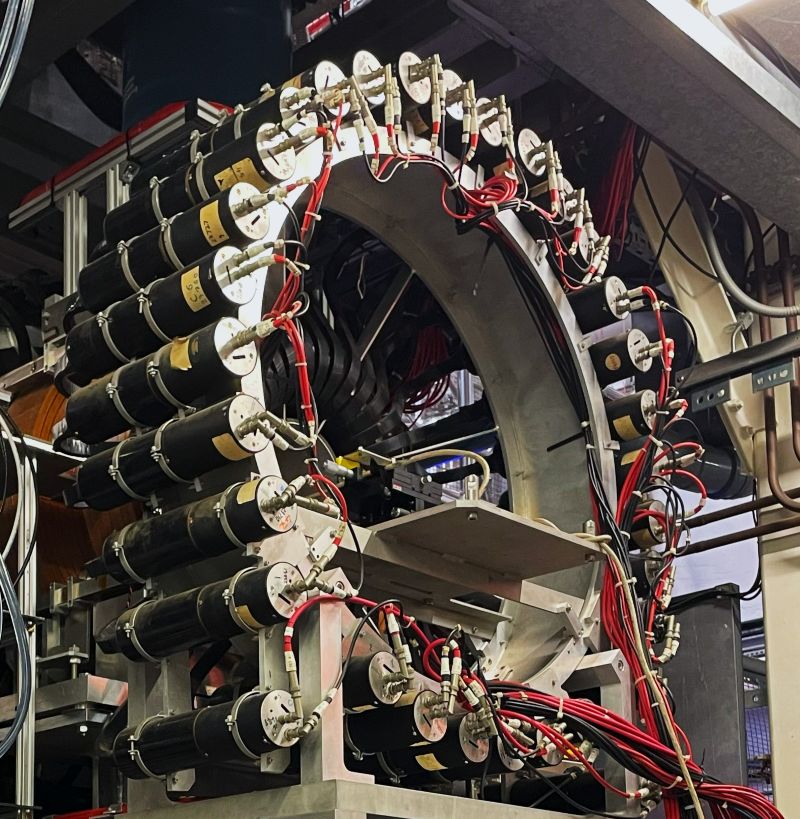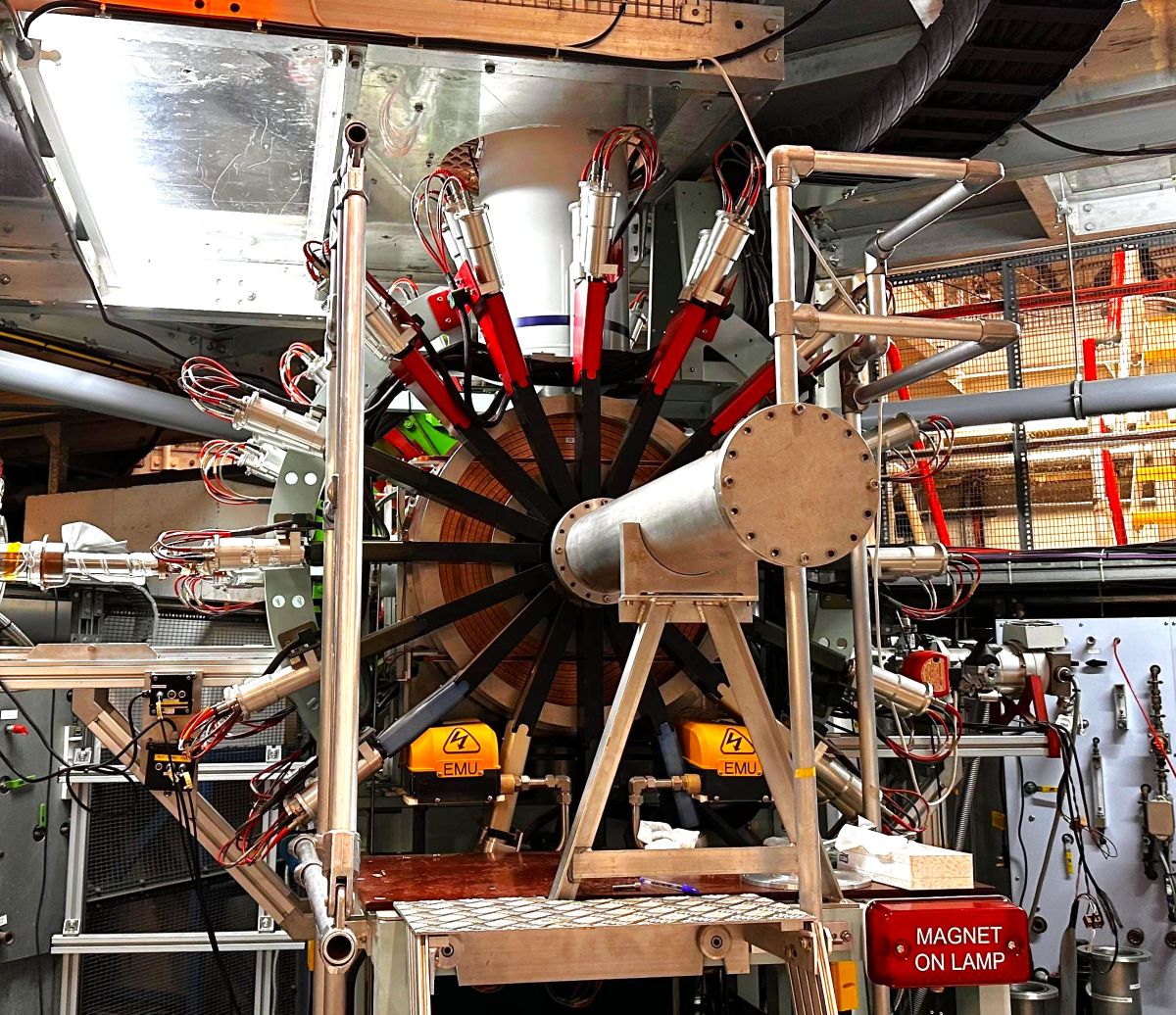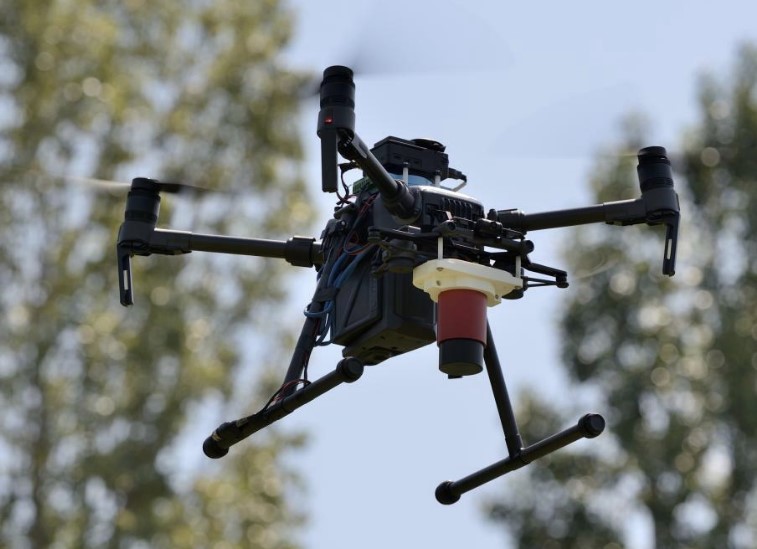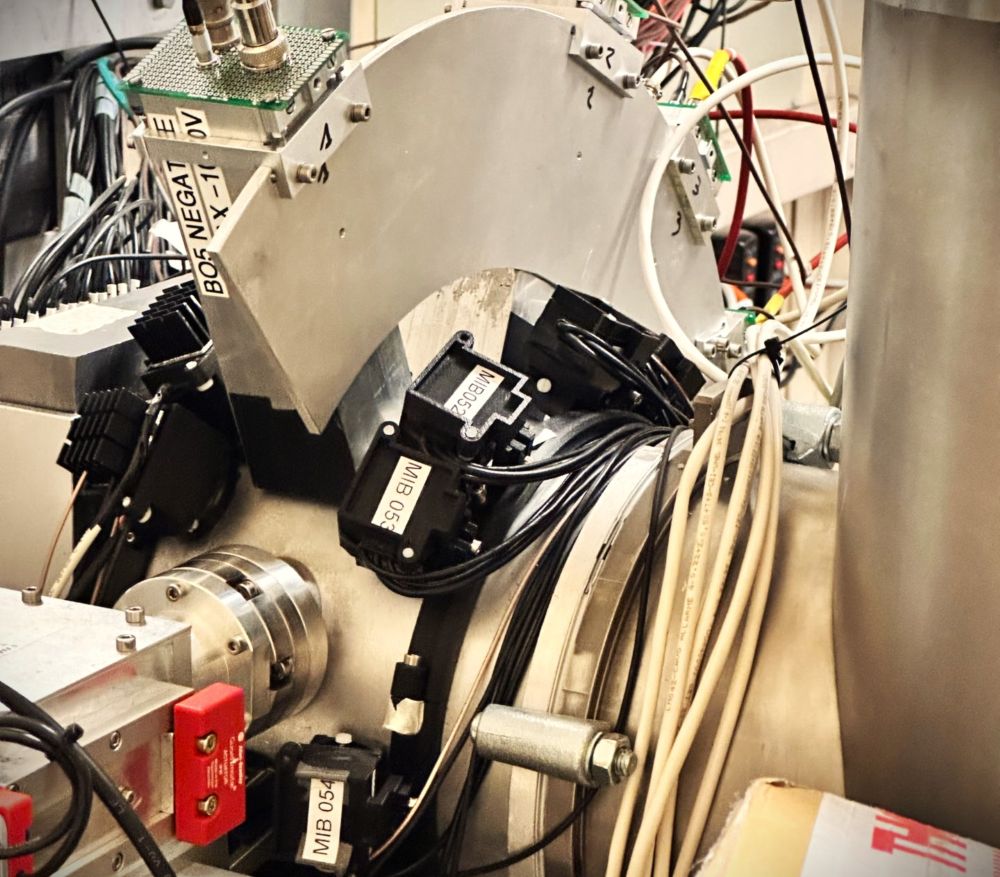
About the Project
The FAMU experiment at the RIKEN-RAL muon facility aims to precisely measure the proton Zemach radius through detection of characteristic X-rays from muonic hydrogen. Nuclear Instruments developed custom electronics for the LaBr₃:Ce detectors, including innovative preamplifier circuits and a unique “4-1” SiPM readout architecture. These improvements significantly enhanced time resolution—critical for separating prompt and delayed signals—while maintaining excellent energy resolution in the 100–130 keV range.
-
Date
July 2023

Nuclear Instruments

Universita degli studi di Milano Bicocca

INFN - Istituto Nazionale di Fisica Nucleare
FAMU Experiment: Unveiling the Proton Structure with Muonic Atoms
The FAMU experiment (Fisica degli Atomi Muonici) is an international scientific collaboration based at the RIKEN-RAL muon facility in the UK. Its ambitious goal is to perform high-precision measurements of the hyperfine splitting (HFS) in muonic hydrogen (μp)—a system formed when a negative muon replaces the electron in a hydrogen atom.
By measuring the energy levels of this exotic atom, the experiment aims to determine the Zemach radius of the proton, a key quantity related to the proton’s electromagnetic structure. These measurements are crucial for resolving the so-called “proton radius puzzle”, a long-standing discrepancy between results obtained using electrons and muons.
The experiment involves detecting characteristic X-rays around 130 keV, emitted during atomic transitions triggered by muonic capture. These signals are extremely fast and must be distinguished from a strong prompt background, making detector timing performance a critical factor in the success of the experiment.
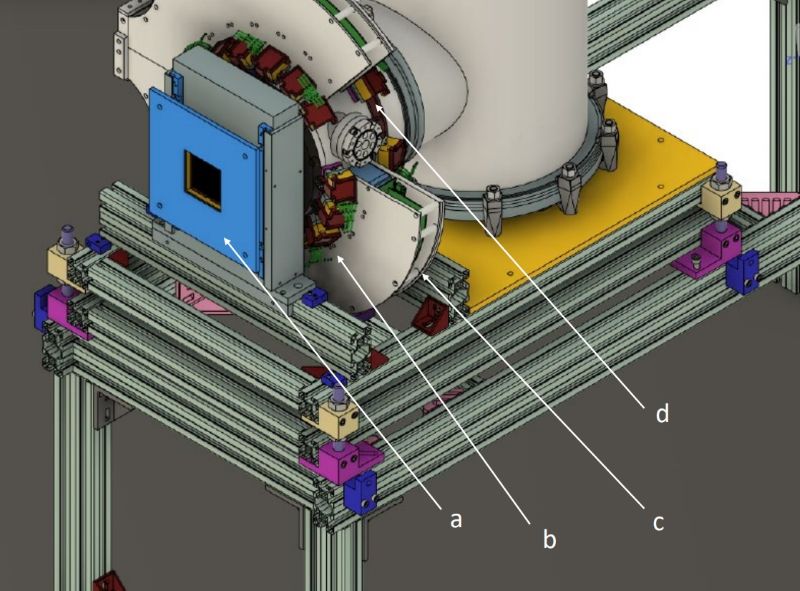
Image of the FAMU detector with a) the beam hodoscope in front of a Pb collimator, b) the upstream crown of 100 LaBr3:Ce detectors; c) the central crown of detectors with a PMT readout, presently under repair; d) the downstream crown of 1/2” LaBr3:Ce detectors
Image of the FAMU detector with a) the beam hodoscope in front of a Pb collimator, b) the upstream crown of 100 LaBr3:Ce detectors; c) the central crown of detectors with a PMT readout, presently under repair; d) the downstream crown of 1/2” LaBr3:Ce detectors
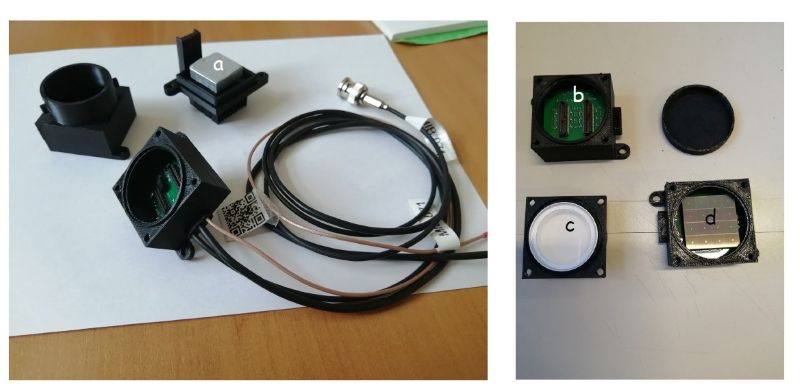
Components of a 1" Ce:LaBr₃ detector. All are printed with a 3D printer. a) Bottom enclosure; b) PCB seen from top: the two SAMTEC connectors for SiPM array mounting are shown; c) LaBr₃:Ce crystal inside the holder; d) mounted S14161-6050-AS array.
Components of a 1" Ce:LaBr₃ detector. All are printed with a 3D printer. a) Bottom enclosure; b) PCB seen from top: the two SAMTEC connectors for SiPM array mounting are shown; c) LaBr₃:Ce crystal inside the holder; d) mounted S14161-6050-AS array.
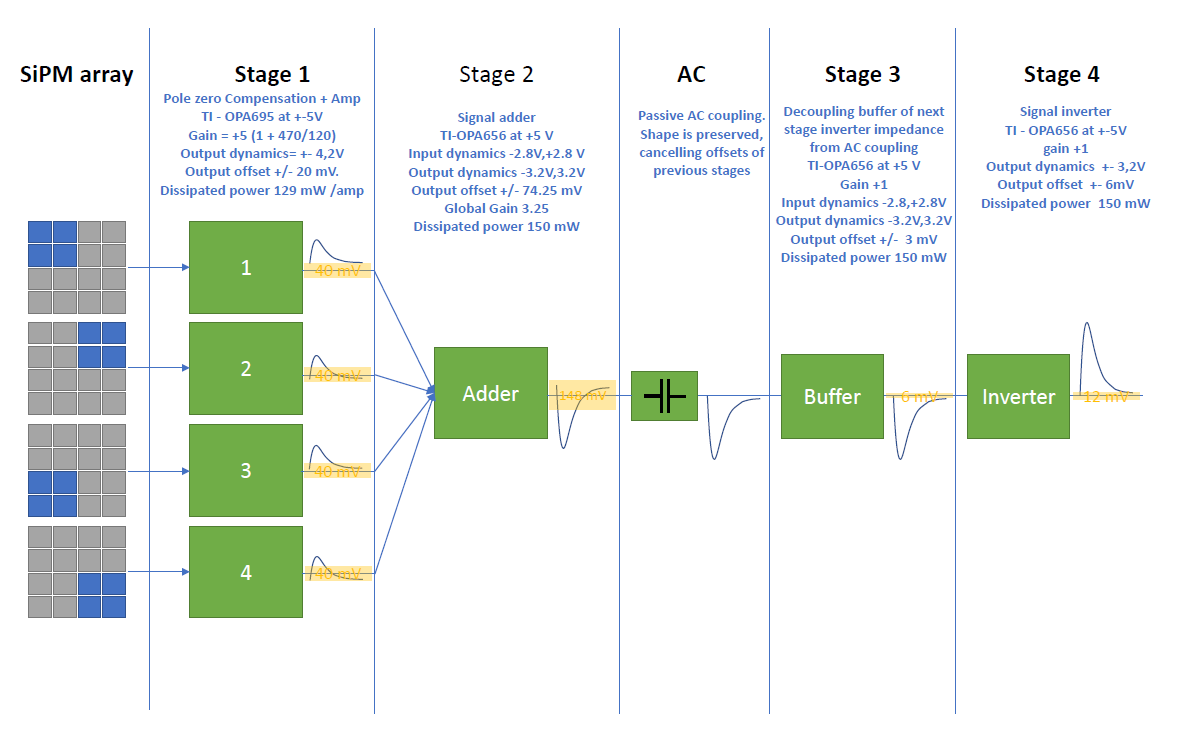
Block diagram of the FAMU read-out electronics. This setup allow to reach fast shaping time with large area detectors preserving the energy resolution.
Block diagram of the FAMU read-out electronics. This setup allow to reach fast shaping time with large area detectors preserving the energy resolution.
Our Contribution: Advanced Detector Electronics by Nuclear Instruments
As part of the FAMU collaboration, Nuclear Instruments was tasked with the design and development of the front-end electronics for the LaBr₃:Ce scintillation detectors used to capture the X-rays produced in the experiment.
Our work focused on solving two key challenges:
1. Improving Time Resolution with Custom SiPM Readout
To meet the experiment’s demanding timing requirements, we developed a novel “4-1” preamplifier architecture for reading out large-area SiPM arrays (1” square Hamamatsu S14161-6050AS-04). Instead of summing all cells in parallel—which increases capacitance and degrades timing—we divided the array into four independent quadrants. Each quadrant features dedicated pole-zero compensation and amplification, drastically improving signal falltime and risetime while maintaining excellent signal integrity.
This innovative solution reduced the signal falltime by a factor of two compared to standard parallel readouts, with energy resolution better than 3% at 662 keV and sub-30 ns risetimes, critical for distinguishing delayed X-ray signals from prompt backgrounds.
2. Temperature-Compensated Gain Stabilization
Since the breakdown voltage of SiPMs varies with temperature, maintaining a stable gain is essential for consistent performance. We implemented an online temperature compensation system using an Analog Devices TMP37 thermistor and a custom NIM module based on CAEN A7585D power supplies. This system dynamically adjusts the SiPM bias voltage in real-time, keeping detector gain stable over a wide temperature range.
3. Compact, Reliable Design for Harsh Environments
The electronics were engineered to operate in the constrained and thermally controlled environment of the experimental setup. Despite tight space requirements (PCB size limited to 34 × 34 mm²), our system integrates all signal processing stages with passive cooling, ensuring thermal stability and long-term reliability.
Thanks to these technological developments, more than twenty detectors equipped with our readout electronics are now installed and operational at the FAMU experimental site. Data acquisition began in 2023, and preliminary results are promising.
Nuclear Instruments is proud to contribute to a project at the frontier of fundamental physics, combining precision engineering and advanced detector technology to explore one of the deepest questions in particle physics: the true size and structure of the proton.
